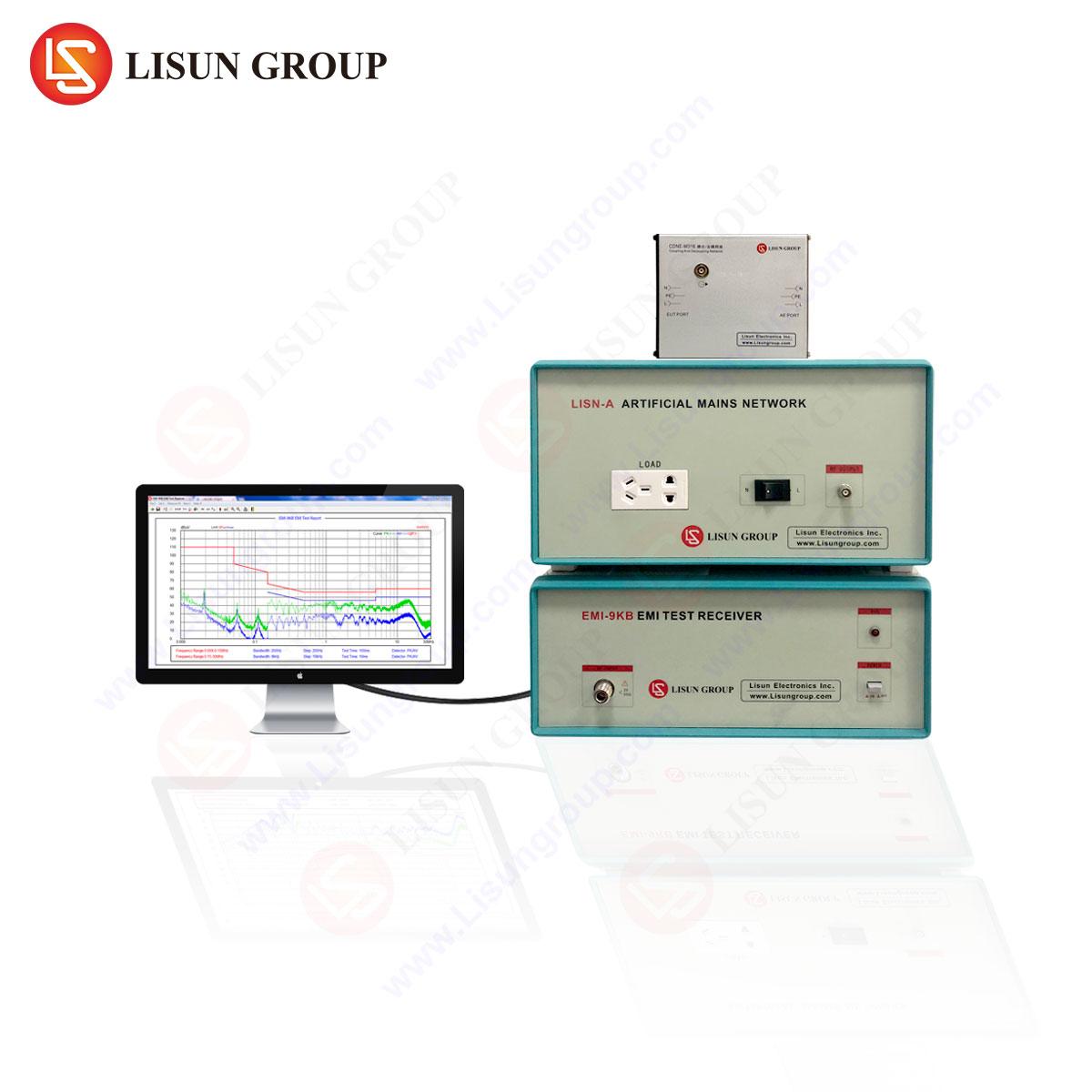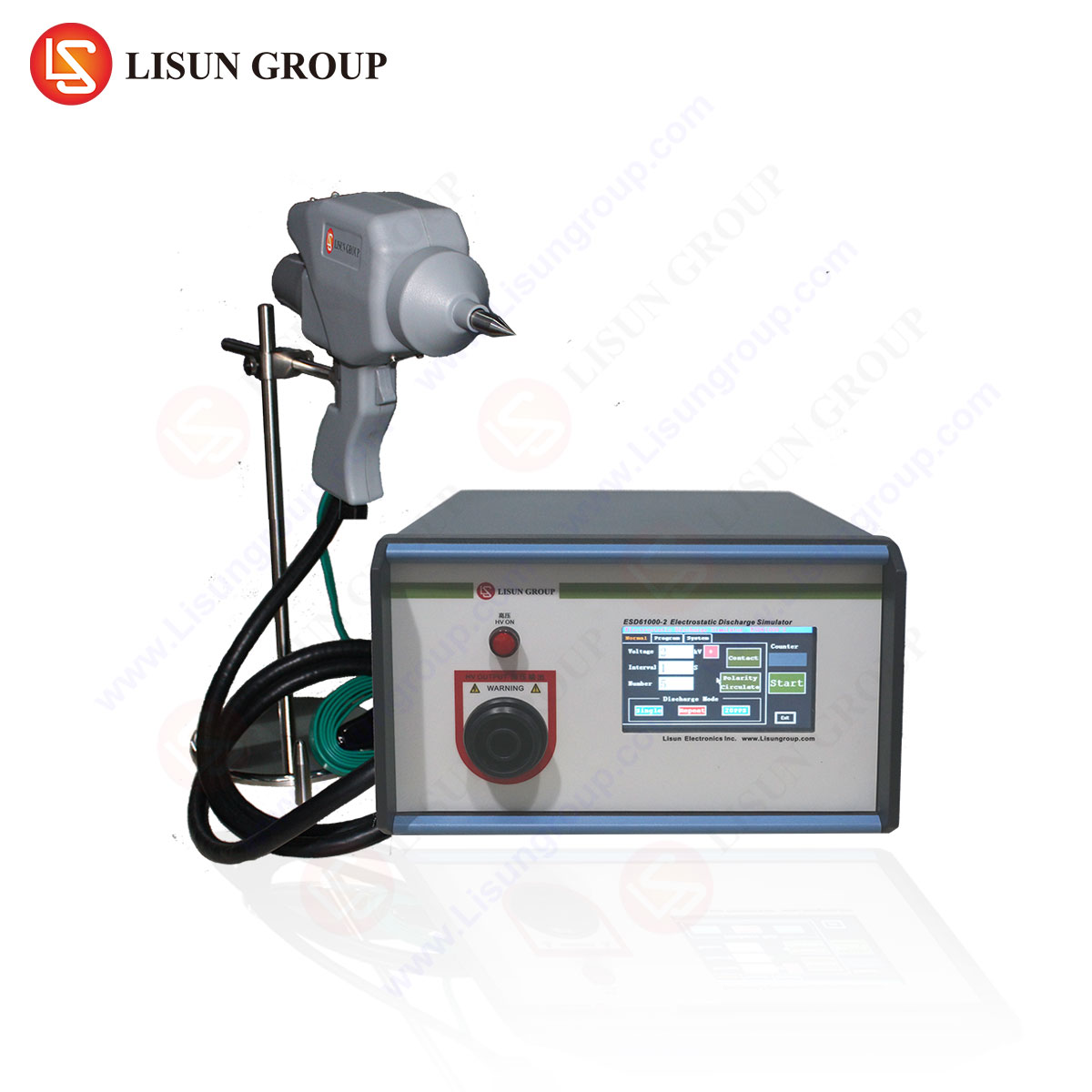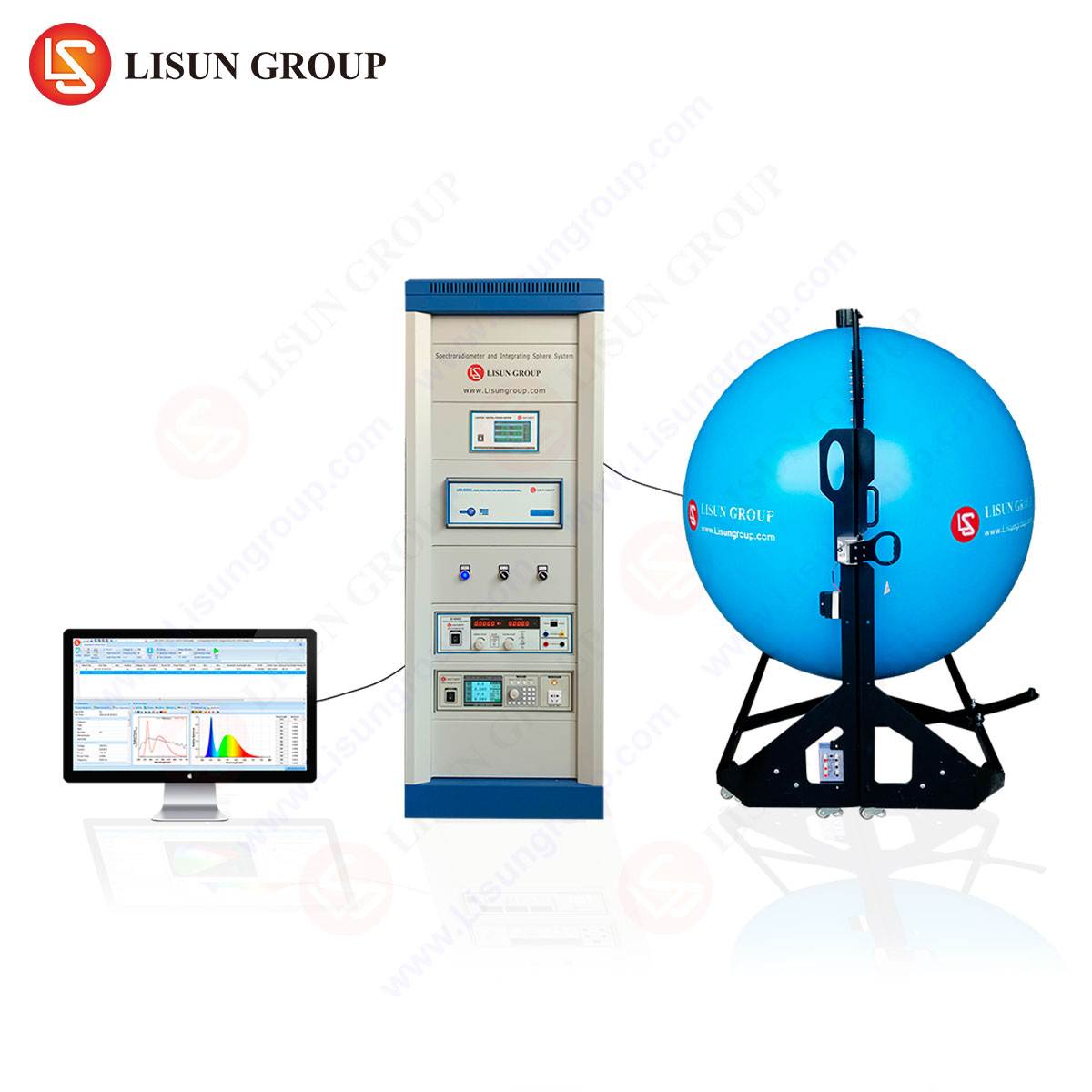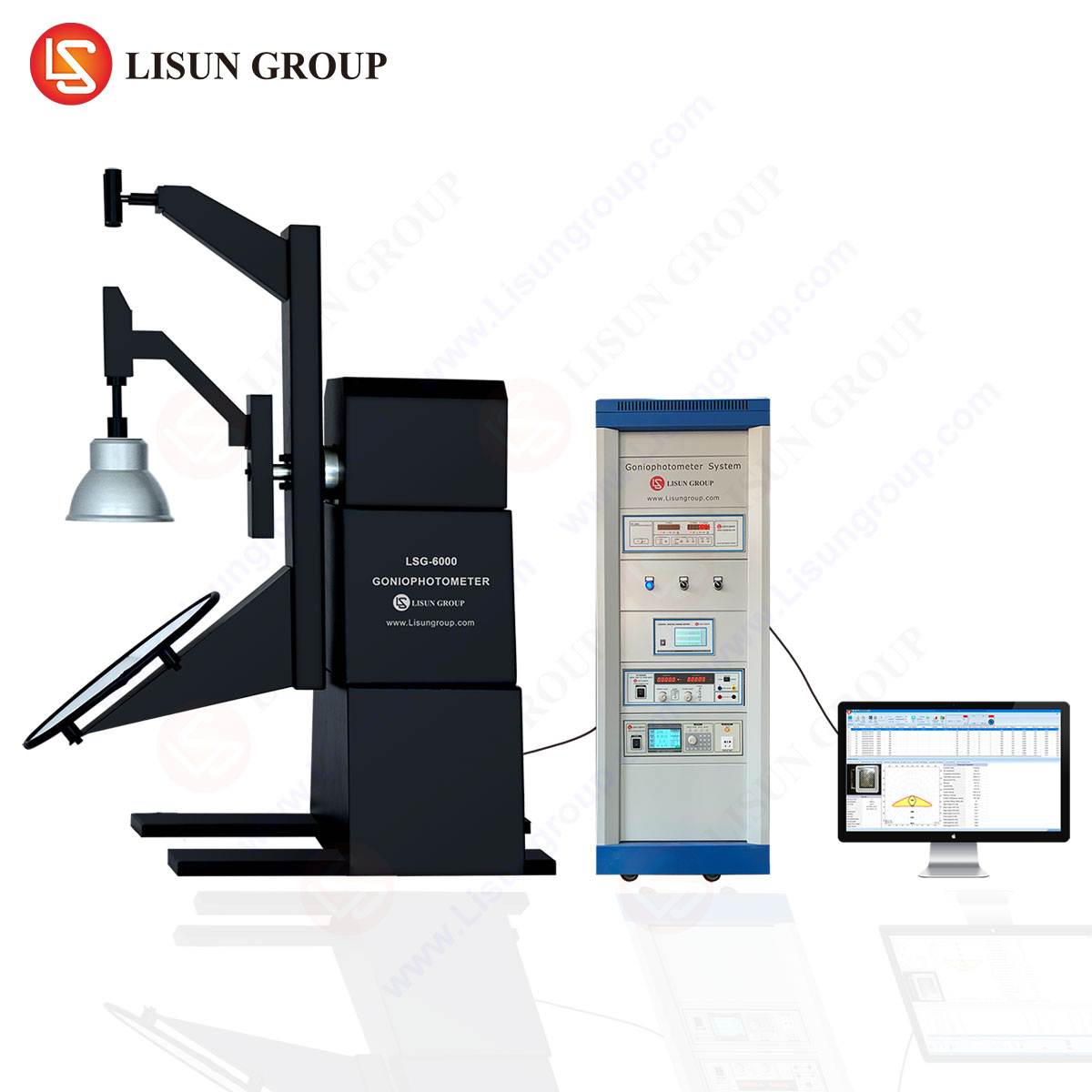A Comparative Analysis of Imaging Spectroradiometers: LISUN LMS-6000 and Sekonic C-800U
Introduction
The precise measurement of light’s spectral characteristics is a cornerstone of modern technological advancement across numerous industries. Imaging spectroradiometers, which combine spatial and spectral analysis, have become indispensable tools for quality assurance, research, and development. This technical analysis provides a detailed comparison between two prominent instruments in this field: the LISUN LMS-6000 and the Sekonic C-800U. The objective is to delineate their respective design philosophies, technical capabilities, and suitability for specific industrial and scientific applications, ranging from automotive lighting validation to display calibration and photobiological safety assessment.
Fundamental Design Philosophy and Operational Paradigms
The core distinction between the LISUN LMS-6000 and the Sekonic C-800U lies in their fundamental design approach. The LISUN LMS-6000 is engineered as a high-precision, laboratory-grade instrument. Its architecture prioritizes metrological accuracy, traceability to national standards, and comprehensive data acquisition for in-depth analysis. This makes it a primary reference tool, often deployed in controlled environments for R&D and rigorous compliance testing.
In contrast, the Sekonic C-800U is conceptualized as a high-performance, portable multi-meter. It emphasizes operational speed, user-friendly workflow, and field-deployable convenience without sacrificing a significant degree of accuracy. Its integrated form factor and touchscreen interface are designed for efficiency in environments like film sets, location-based lighting audits, and quick production line checks, where rapid, reliable measurements are paramount. This dichotomy between a dedicated laboratory instrument and a versatile field tool establishes the context for their differing specifications.
Spectral Resolution and Wavelength Range Capabilities
Spectral resolution, defined as the Full Width at Half Maximum (FWHM) of the instrument’s slit function, directly impacts the ability to distinguish between closely spaced spectral lines. The LISUN LMS-6000 typically offers a configurable high resolution, often around 0.1 nm in its standard high-resolution mode. This fine resolution is critical for applications such as analyzing the narrow emission peaks of laser diodes, characterizing the precise spectral output of monochromators in optical instrument R&D, or detecting minute impurities in LED phosphor systems.
The Sekonic C-800U operates with a broader spectral resolution, approximately 5 nm. While this is sufficient for a vast majority of colorimetric and photometric measurements—such as calculating CCT, CRI, and luminance for general lighting—it may not resolve fine spectral details. For instance, in the photovoltaic industry, accurately modeling the performance of a solar cell requires detailed knowledge of the incident spectrum. The LMS-6000’s finer resolution can provide a more accurate characterization of the solar simulator’s output, leading to more reliable cell efficiency calculations compared to the broader data points from the C-800U.
Regarding wavelength range, the LMS-6000 series is highly versatile. The base LMS-6000 covers a wide visible spectrum, while specialized variants like the LMS-6000UV extend into the ultraviolet range, crucial for UV curing process validation and medical equipment sterilization lamp testing. The LMS-6000P might be optimized for precision in the visible range for display testing. The Sekonic C-800U’s range of 380 nm to 780 nm is tailored for the photopic visual response of the human eye, making it ideal for applications where human perception is the final metric, but limiting its utility in UV or near-IR dependent fields.
Spatial Imaging and Measurement Geometry
A critical differentiator for imaging spectroradiometers is their spatial measurement capability. The LISUN LMS-6000 incorporates a high-resolution scientific-grade CCD or CMOS sensor, allowing it to function as a true imaging system. It can capture a complete spatial map of a scene, wherein each pixel contains a full spectral power distribution. This is indispensable for measuring luminance and color uniformity across large-area displays, identifying hot spots or color shifts in automotive headlamp assemblies, or analyzing the irradiance distribution of a complex luminaire in urban lighting design.
The Sekonic C-800U features a 1° spot measurement capability with a telescopic lens. It provides spectral data for a single, specific point within the field of view. This is highly effective for targeted measurements, such as checking the color temperature of a specific stage light, measuring the illuminance at a point on an aircraft instrument panel, or verifying the output of a single LED in an array. However, it cannot provide a simultaneous, holistic view of spatial uniformity. To assess a display’s Mura effect, the C-800U would require numerous point measurements stitched together, whereas the LMS-6000 can capture the entire non-uniformity in a single, calibrated image.
Photometric and Colorimetric Accuracy and Calibration
Both instruments provide photometric (luminance, illuminance) and colorimetric (chromaticity, CCT, CRI) data, but their calibration and accuracy tolerances differ, reflecting their intended use cases. The LISUN LMS-6000 is calibrated against NIST-traceable standards with stringent accuracy specifications. Its low typical uncertainty values for luminance (e.g., ±2% or better) and chromaticity (e.g., ±0.0015 in x, y) make it suitable for primary reference work and standards compliance testing against documents like IES LM-79, ENERGY STAR, and DICOM for medical displays.
The Sekonic C-800U also offers high accuracy, with specifications such as ±2% for luminance and ±0.0015 for chromaticity (after calibration), making it a highly reliable field instrument. The operational difference often lies in long-term stability and the calibration cycle. The LMS-6000’s robust thermal management and stable optical design ensure consistency over long measurement periods, which is vital for scientific research laboratories conducting long-duration stability tests on light sources. The C-800U’s portability necessitates a design that is more susceptible to environmental drift, though its user-recalibration feature with a dedicated calibration source helps maintain accuracy in the field.
Application-Specific Deployment Scenarios
Automotive Lighting Testing: The LMS-6000’s imaging capability is superior for validating the beam pattern, cut-off line sharpness, and color gradient of ADB (Adaptive Driving Beam) headlights per ECE / SAE standards. The C-800U is excellent for quick checks of individual LED pixels within a taillight or the chromaticity of a center high-mount stop lamp (CHMSL) on a production line.
Aerospace and Aviation Lighting: Cockpit display uniformity and the precise color of warning indicators are critical. The LMS-6000 can map the entire display surface against FAA and DO-160 standards, while the C-800U is ideal for routine maintenance checks of individual panel lights and switches.
Display Equipment Testing: For OLED and micro-LED display manufacturers, the LMS-6000 can measure contrast ratio, color gamut coverage (e.g., DCI-P3, Rec. 2020), and viewing angle performance with spatial context. The C-800U can provide fast, accurate point measurements of peak luminance and white point for quality control.
Marine and Navigation Lighting: Verifying the chromaticity and intensity of navigation lights to meet COLREGs specifications is crucial. The LMS-6000 can image the entire light’s output to ensure no stray light outside the mandated sectors, while the C-800U offers a practical solution for on-ship verification.
Scientific Research Laboratories: In studies of plant growth (photobiology) or material degradation under specific wavelengths, the LMS-6000’s high spectral resolution and ability to measure irradiance with high accuracy are essential. The C-800U would be less suited for these demanding research-grade applications.
Data Output, Software Ecosystem, and Integration
The LISUN LMS-6000 is typically accompanied by sophisticated PC software that allows for complex data analysis, including spatial region-of-interest (ROI) selection, temporal analysis, and custom report generation compliant with various standards. It outputs raw spectral data for every pixel, enabling post-processing and deep-dive analysis. This is critical for R&D in the optical instrument and LED manufacturing sectors.
The Sekonic C-800U features a more integrated system with onboard data processing and a touchscreen interface for immediate visualization of results. Its software is designed for speed and simplicity, offering pre-configured measurement modes for cinema, photography, and lighting. It excels in providing actionable data quickly but offers less flexibility for custom, in-depth analysis compared to the LMS-6000’s software suite.
Summary of Key Technical Specifications
Table 1: Comparative Technical Specifications
| Feature | LISUN LMS-6000 | Sekonic C-800U |
| :— | :— | :— |
| Instrument Type | Imaging Spectroradiometer | Spectrocolorimeter / Spot Spectrometer |
| Spectral Resolution | High (e.g., 0.1 nm typical) | Standard (5 nm) |
| Wavelength Range | Configurable (e.g., 200-800nm for UV model) | 380 nm to 780 nm |
| Spatial Capability | Full imaging with multi-megapixel sensor | 1° spot measurement |
| Primary Applications | R&D, Compliance Testing, Display/Lighting Uniformity | Field Measurement, On-Set Lighting, QC Spot Checks |
| Luminance Accuracy | Typically ±2% or better | ±2% (after calibration) |
| Data Interface | PC-controlled with comprehensive software | Integrated touchscreen, onboard processing |
Frequently Asked Questions (FAQ)
Q1: In a manufacturing environment for automotive interior lighting, which instrument would be more suitable for end-of-line quality control?
For high-speed end-of-line QC where the requirement is to verify the chromaticity and luminance of specific points (e.g., an icon on a switch), the Sekonic C-800U’s speed and portability are advantageous. However, if the test requires validating the spatial uniformity of an entire backlit panel, the LISUN LMS-6000, despite a longer measurement time, provides a complete and definitive assessment.
Q2: Can the LISUN LMS-6000 be used for measuring the flicker characteristics of LED lights?
Yes, the LISUN LMS-6000, with its high-speed data acquisition capability, can be configured to perform temporal measurements. It can capture and analyze flicker percentage, frequency, and modulation depth, which is critical for evaluating lighting in environments like stage and studio lighting or for assessing photobiological safety in the general lighting industry.
Q3: What is the significance of the LMS-6000UV variant’s extended wavelength range?
The LMS-6000UV’s capability to measure accurately in the ultraviolet spectrum (e.g., down to 200 nm) is essential for applications involving UV-A, UV-B, and UV-C radiation. This includes testing the efficacy of UV sterilization lamps in the medical equipment sector, monitoring UV curing processes in industrial manufacturing, and ensuring compliance with safety standards for UV exposure in aerospace and aviation lighting (e.g., ensuring materials are not degrading).
Q4: How does the calibration process differ between these two devices for maintaining long-term accuracy?
The LISUN LMS-6000 typically requires periodic calibration by an accredited laboratory or the manufacturer using standard lamps to maintain its NIST-traceable certificate. This process is more involved but ensures reference-grade accuracy. The Sekonic C-800U includes a user-recalibration function, allowing the operator to perform a quick calibration in the field using a dedicated Sekonic calibration source, thereby ensuring consistent performance between formal laboratory calibrations.







